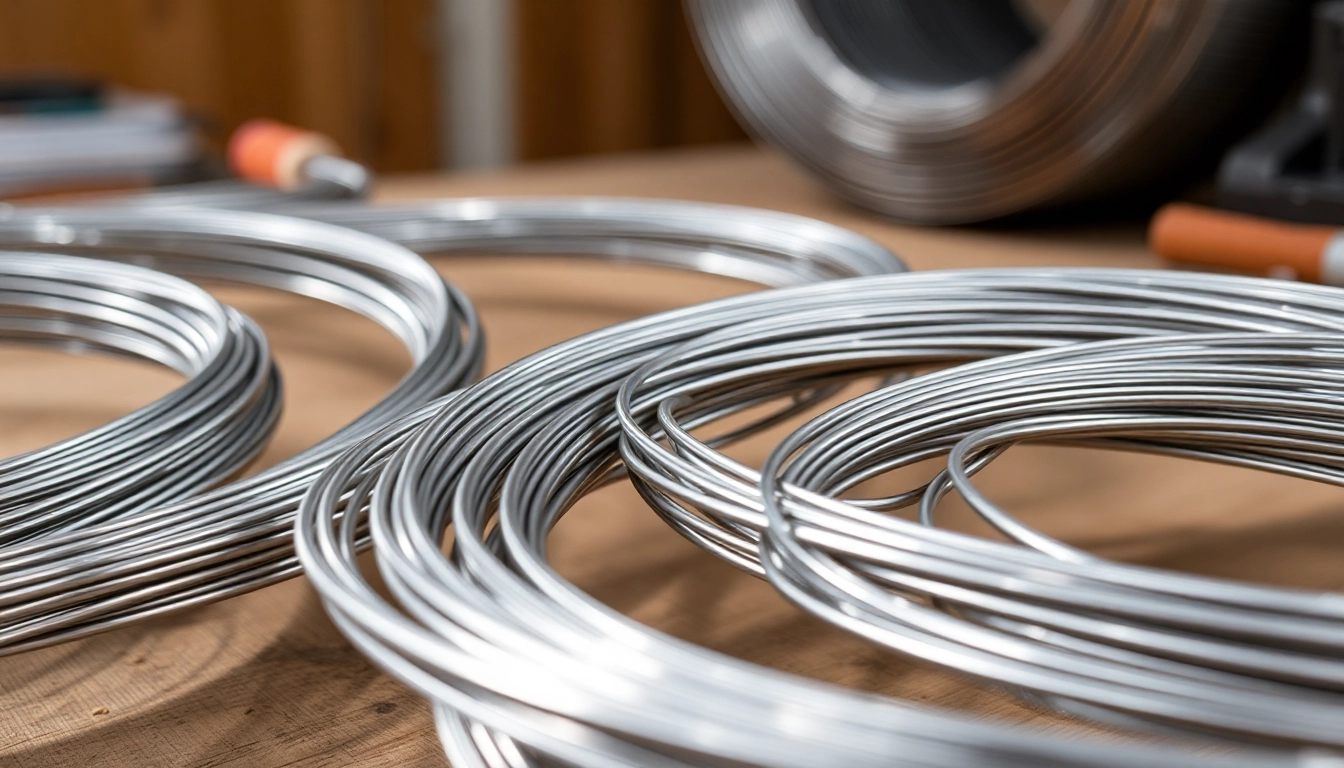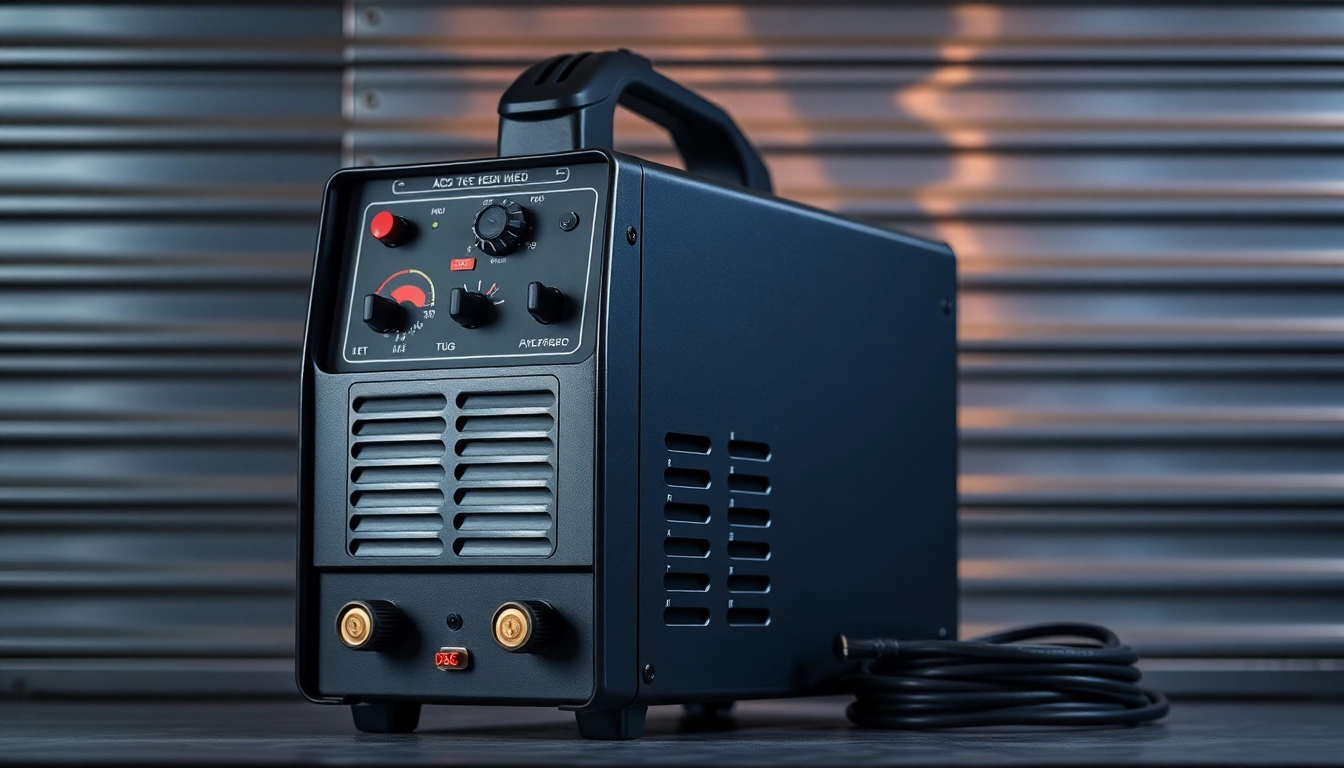Introduction to Stainless Steel Wire
Stainless steel wire is a versatile and durable material used across various industries, from construction to crafts. With its remarkable strength, corrosion resistance, and aesthetic appeal, stainless steel wire has become a preferred choice for both industrial and domestic applications. This article aims to provide an in-depth understanding of stainless steel wire, its different types, properties, and best practices for maintenance and care.
What is Stainless Steel Wire?
Stainless steel wire is a long strand of steel alloyed with chromium, giving it a natural resistance to oxidation and corrosion. Unlike regular steel, stainless steel not only retains its strength but also withstands the elements, making it ideal for environments that expose materials to moisture and chemicals. Common configurations of stainless steel wire include solid wire, perforated wire, and braided wire, each serving different manufacturing and crafting purposes.
Benefits of Using Stainless Steel Wire
The benefits of using stainless steel wire are numerous:
- Corrosion Resistance: One of the standout properties of stainless steel is its resistance to corrosion and rust, making it suitable for both indoor and outdoor applications.
- Strength and Durability: Stainless steel wire exhibits high tensile strength, making it durable and resilient under stress.
- Versatility: It can be used in various applications, from construction to crafting jewelry, meeting a broad range of industrial needs.
- Aesthetic Qualities: With a shiny, polished surface, stainless steel wire is favored in decorative applications, such as in home décor and jewelry.
- Low Maintenance: Due to its resistance to rust and staining, stainless steel wire requires minimal upkeep, saving both time and resources.
Common Applications of Stainless Steel Wire
Stainless steel wire is used in a wide range of applications, such as:
- Construction: Used for reinforcing structures and buildings.
- Electrical Wiring: Ideal for high-temperature and corrosion-prone environments.
- Automotive Industry: Essential for producing wiring harnesses and components that must endure harsh conditions.
- Jewelry Making: Popular for crafting pieces that require both strength and a polished finish.
- Fencing: Stainless steel wire is often used in creating durable, long-lasting fencing solutions.
Different Types of Stainless Steel Wire
304 Stainless Steel Wire vs. 316 Stainless Steel Wire
Stainless steel wire is categorized primarily into two grades: 304 and 316. Both these grades have unique properties suited to different applications:
- 304 Stainless Steel Wire: This is the most common type of stainless steel wire. It contains 18% chromium and 8% nickel, offering excellent corrosion resistance and good formability. It’s suitable for a wide range of methods including welding, bending, and shaping.
- 316 Stainless Steel Wire: Often referred to as marine-grade stainless steel, 316 contains 10% nickel and 2% molybdenum for added corrosion resistance against chlorides and other harsh environments. Ideal for marine applications and chemical processing.
Uses of Specialty Stainless Steel Wires
Specialty stainless steel wires, such as spring wire and welding wire, deliver specific benefits tailored to particular functional needs. For instance:
- Spring Wire: Engineered for flexibility and resistance to deformation, making it suitable for manufacturing springs and other components that require elastic properties.
- Welding Wire: Used in welding applications where strong joints are essential, ensuring durability and resistance to heat and corrosion.
Choosing the Right Type for Your Project
When selecting the appropriate stainless steel wire, consider the following:
- Assess the environment: If exposed to saltwater or harsh chemicals, 316 stainless steel may be the better choice.
- Evaluate load requirements: Determine the tensile strength needed based on the application.
- Consider fabrication methods: Some grades are more amenable to bending or welding.
Properties of Stainless Steel Wire
Corrosion Resistance and Durability
Stainless steel’s intrinsic properties stem from its alloy composition. The presence of chromium creates a protective oxide layer that prevents rust and corrosion. This property is particularly beneficial in areas where moisture or corrosive agents like salt and chemicals are present. While 304 stainless steel offers good resistance, 316 stainless steel is essential in environments with higher exposure to corrosive materials, such as saltwater or chemical spills, ensuring longer service life.
Tensile Strength Explained
Tensile strength is a critical property of stainless steel wire that determines its ability to withstand tension without breaking. Both 304 and 316 grades have impressive strength, yet the exact tensile strength can vary based on the wire diameter and manufacturing process. Understanding tensile strength is crucial when determining if a particular wire is suitable for structural supports, cable systems, or other high-load applications.
Temperature Tolerance
Stainless steel wire can operate effectively across a broad temperature range, making it suitable for a variety of applications. Typically, 304 stainless steel can withstand temperatures up to 870°C (1600°F) in intermittent use and up to 925°C (1700°F) in continuous use, while 316 can endure slightly higher temperatures. Moreover, its thermal stability allows it to maintain mechanical properties without risk of degradation, making it ideal for heat-intensive environments.
Maintenance and Care for Stainless Steel Wire
Cleaning Techniques for Longevity
Proper maintenance is essential to ensure the longevity of stainless steel wire. Regular cleaning helps prevent corrosion and maintains its aesthetic appearance. Here are some effective cleaning methods:
- Soap and Water: A mild detergent and warm water can effectively remove everyday grime and deposits.
- Vinegar Solution: For tougher stains, a solution of vinegar and water can help break down mineral deposits and grime.
- Microfiber Cloths: Always use non-abrasive materials to avoid scratching the surface. Microfiber cloths are ideal for this purpose.
Storage Tips to Prevent Damage
Proper storage of stainless steel wire is crucial in preventing damage:
- Store in a dry location where humidity and moisture levels are low.
- Use protective casing or covers to prevent scratches and unintentional damage.
- Keep away from chemicals or substances that could react and lead to corrosion.
Testing and Quality Assurance
Before implementing stainless steel wire in a project, it’s essential to conduct appropriate testing to ensure it meets specified quality standards. Common testing methods include:
- Tensile Testing: Evaluates the wire’s strength and flexibility under tension.
- Corrosion Testing: Determines the wire’s resistance to various environments.
- Visual Inspections: Ensures no physical defects like cracks or imperfections are present.
Conclusion and Recommendations
Future Trends in Stainless Steel Wire Manufacturing
The future of stainless steel wire manufacturing looks promising as technology advances. Innovations such as improved alloy compositions and advanced production techniques aim to enhance the existing properties of stainless steel while reducing costs. Moreover, there is growing interest in eco-friendly production methods, focusing on sustainability and reducing the carbon footprint of manufacturing processes.
Where to Buy Quality Stainless Steel Wire
When searching for quality stainless steel wire, consider reputable suppliers and manufacturers that adhere to industry standards. Whether you need it for industrial purposes or smaller projects, sourcing from well-reviewed retailers ensures you receive material that meets your specific requirements. Look for certifications and product guarantees to ensure the best investment.
Final Thoughts on Your Stainless Steel Wire Needs
In conclusion, stainless steel wire offers an array of benefits that make it a popular material for diverse applications. From its inherent corrosion resistance and strength to its low maintenance needs, it remains an exceptional choice across multiple industries. Understanding the different types, properties, and best practices for maintenance ensures you can effectively utilize stainless steel wire for your needs. Equipped with this knowledge, you can make informed decisions that bring both value and durability to your projects.



